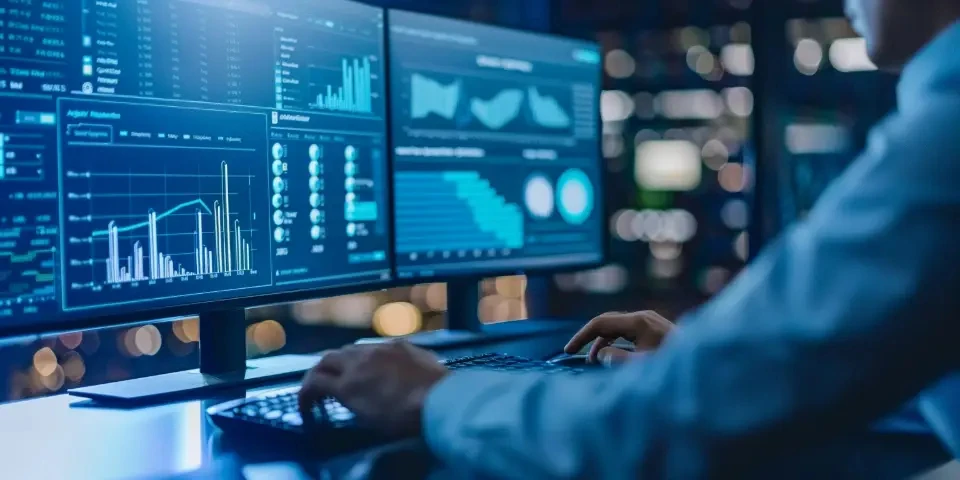Unleashing Creativity AI's Role in Art and Music Production
Technology has become an integral part of our lives, shaping and transforming various sectors, including the world of art and music production. With the emergence of Artificial Intelligence (AI), a new era of creativity has been unleashed. AI has the power to assist and enhance the creative process, pushing boundaries and revolutionizing traditional artistic practices. In this article, we will explore the various ways in which AI is revolutionizing art and music production.
1. AI-generated Art
AI algorithms have the ability to analyze vast amounts of data, allowing them to create stunning and unique artworks. Artists can use AI-powered tools to generate original compositions, designs, and paintings. This collaboration between humans and machines opens up new possibilities and challenges conventional notions of creativity.

One notable AI-generated artwork is "Portrait of Edmond de Belamy" created by the French art collective Obvious. This painting was generated using a Generative Adversarial Network (GAN), an AI algorithm capable of creating authentic-looking images. The art world was astounded when this AI-generated piece was sold at auction for over $400,000, raising questions about the role of AI in the valuation and appreciation of art.
2. Music Composition and Production
AI is also making waves in music composition and production, empowering musicians and composers to develop unique and innovative pieces. AI algorithms analyze vast musical databases, identifying patterns and trends, enabling composers to generate new melodies and harmonies.
Companies like Jukedeck and Amper Music offer AI-powered platforms that can compose original background music for various types of media. These platforms adapt to the user's preferences, producing tailor-made music tracks that align with the desired mood, tempo, and instrumentation.
3. Enhancing Creativity
A key role of AI in art and music production is its ability to enhance the creative process. AI algorithms can analyze artistic styles and techniques, assisting artists in creating realistic or abstract pieces. AI-powered tools provide suggestions, offer alternative perspectives, and enable artists to experiment with different compositions, colors, and textures.
Furthermore, AI can help break creative barriers by encouraging artists to explore new genres, styles, or mediums. For instance, the AI-driven software "DeepArt" allows users to transform photographs into unique paintings inspired by renowned artists like Van Gogh or Picasso. This stimulates creativity and expands artistic horizons.
4. Collaborative Creation
AI promotes collaboration and enables artists to work together with intelligent machines. Artists can input their ideas, concepts, and sketches into AI-powered tools, which then contribute suggestions, refine the artwork, or even generate new elements based on the artist's input.
The website "AI Painter" is an example of such a collaborative platform. Artists can upload their own sketches or images, and the AI algorithm assists in transforming these initial inputs into beautifully rendered artworks. This collaborative process between humans and AI leads to innovative and unexpected outcomes.
5. Improving Efficiency
AI can significantly improve efficiency in art and music production. For example, AI-powered tools can automate repetitive tasks such as color correction, background removal, or mastering audio tracks. This frees up artists' time, allowing them to focus more on the creative aspects of their work.
Additionally, AI algorithms can analyze vast amounts of data to identify trends and preferences of the target audience. This helps artists and musicians make informed decisions on their creative output, catering to the tastes and expectations of their intended audience.
6. Ethical Considerations
As AI becomes more prominent in art and music production, ethical considerations arise. Questions regarding the ownership and authenticity of AI-generated artworks are being debated. Additionally, concerns about AI replacing human creativity and the potential loss of human touch in the creative process also need to be addressed.
It is important for artists, organizations, and policymakers to consider these ethical dilemmas, establishing guidelines and regulations that ensure the responsible and ethical use of AI in the creative industry.
7. Common Questions and Concerns
Q: Will AI replace human artists and musicians?
A: While AI can assist and enhance the creative process, it is unlikely to replace human artists and musicians. The human touch, emotions, and unique perspectives are irreplaceable and vital in the world of art and music.
Q: Can AI-generated art be considered "real" art?
A: The concept of "real" art is subjective. AI-generated art poses new challenges and questions the traditional definition of art. Its unique creation process blending human and machine input makes it a fascinating form of contemporary art.
References
1. Christie's Auction House - "Portrait of Edmond de Belamy" - [Link]
2. Jukedeck - AI Music Composition Platform - [Link]
3. Amper Music - AI Music Composition Platform - [Link]
Turn the mundane into magical tales while connecting with Wemate AI! Let’s concoct fairy tales about why squids rule the seas and candy conquer the kingdom!
Explore your companion in WeMate